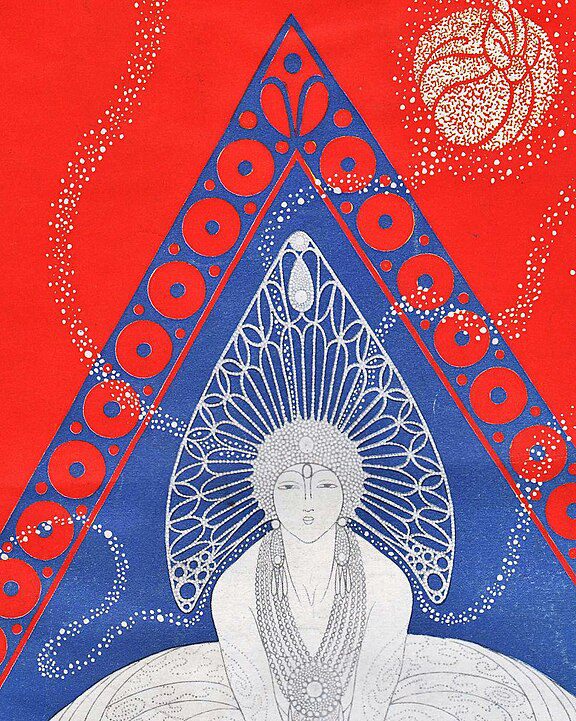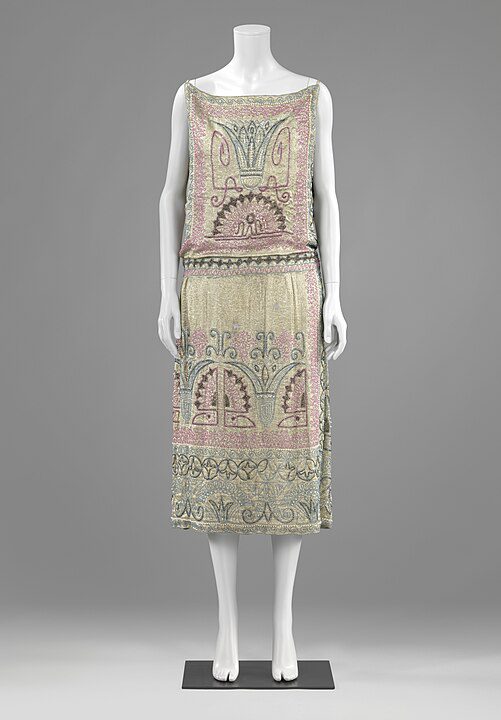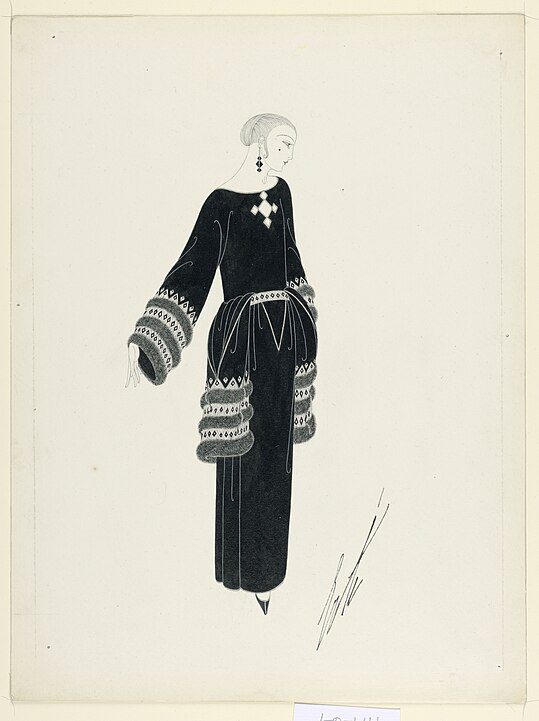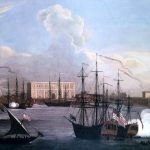
Erté, the pseudonym of Romain de Tirtoff (1892–1990), was a Russian-born French artist and designer renowned for his extravagant and elegant illustrations, which became synonymous with the Art Deco movement. His work spanned across fashion, jewelry, graphic arts, costume, and set design for film, theatre, and opera, embodying the glamour and sophistication of the early 20th century. Erté’s distinctive style, characterized by its intricate patterns, bold colors, and stylized figures, played a crucial role in shaping the visual aesthetics of the Art Deco era.
Born in Saint Petersburg, Russia, into a distinguished family with ties to the Russian navy, Erté was destined for a naval career. However, his passion for art and design led him to move to Paris in 1910, where he began his artistic career, defying his family’s expectations. Paris, the epicenter of art and fashion, provided the perfect backdrop for Erté’s talents to flourish. He quickly established himself as a successful illustrator, working for some of the most prestigious fashion houses and magazines of the time, including Harper’s Bazaar, for which he created over 240 cover designs across several decades.

Erté’s work for Harper’s Bazaar and other publications not only showcased his exceptional skills as an illustrator but also set new standards in fashion illustration, influencing the direction of fashion and design. His illustrations depicted women in elegant, often fantastical costumes, with elongated necks and sophisticated poses, set against meticulously designed backdrops. These works captured the imagination of the public and contributed to the popularization of the Art Deco aesthetic, characterized by sleek lines, geometric shapes, and a bold use of color and contrast.

Beyond illustration, Erté’s talents extended to the design of costumes and stage sets for numerous productions in Paris, London, and New York. His theatrical designs were as lavish and imaginative as his illustrations, often incorporating exotic themes, intricate details, and innovative materials. Erté’s work in theatre contributed to the evolution of stage design and had a lasting impact on the visual language of performance art.
Renewed Interest
In the 1960s and 1970s, long after Art Deco had faded from the forefront of fashion and design, there was a resurgence of interest in Erté’s work, leading to a revival of his career. He began producing limited edition prints, sculptures, and jewelry, which were collected avidly by a new generation of admirers. This late-career renaissance affirmed Erté’s status as a master of Art Deco and a pivotal figure in the world of decorative arts.

Erté’s legacy is preserved in the vast array of his creations, which continue to be celebrated for their beauty, elegance, and creativity. His work remains influential, inspiring designers, artists, and filmmakers who seek to capture the essence of the Art Deco period. Erté’s contribution to the art and design world is a testament to his vision, innovation, and the enduring appeal of his aesthetic. Through his prolific output and unique style, Erté captured the spirit of an era, becoming an icon of the Art Deco movement and leaving an indelible mark on the 20th-century art and design landscape.




